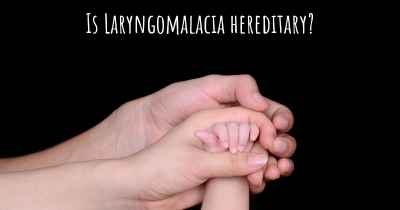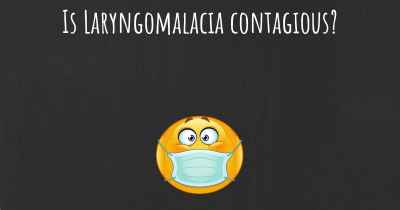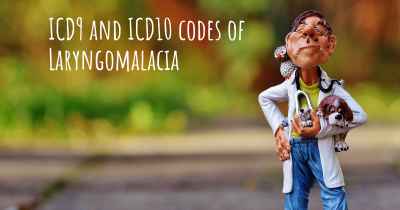What is the history of Laryngomalacia?
When was Laryngomalacia discovered? What is the story of this discovery? Was it coincidence or not?

Laryngomalacia is a medical condition that affects the larynx, or voice box, in infants. It is the most common cause of noisy breathing in newborns and infants, and it typically presents shortly after birth. Laryngomalacia is characterized by the collapse of the tissues around the larynx during breathing, leading to airway obstruction and various respiratory symptoms.
Historical Background:
The history of laryngomalacia dates back to the early 19th century when it was first described by a French physician named Jean-Baptiste Rilliet. In 1825, Rilliet observed a group of infants who exhibited noisy breathing and difficulty feeding. He identified the underlying cause as a congenital abnormality of the larynx, which he named "laryngismus stridulus."
Over the years, further research and clinical observations led to a better understanding of the condition. In the late 19th century, Sir Felix Semon, a German-British laryngologist, coined the term "laryngomalacia" to describe the specific anatomical abnormality causing the symptoms. He noted that the collapse of the laryngeal structures during inspiration was the primary characteristic of the condition.
Clinical Presentation and Diagnosis:
Laryngomalacia primarily affects infants, with symptoms typically appearing within the first few weeks of life. The most common signs include noisy breathing (stridor), especially during inhalation, as well as feeding difficulties, poor weight gain, and occasional episodes of cyanosis (bluish discoloration of the skin).
Diagnosing laryngomalacia involves a thorough medical history, physical examination, and sometimes additional tests. The healthcare provider will evaluate the infant's breathing pattern, listen for characteristic stridor, and assess the overall health and growth. In some cases, a flexible laryngoscopy may be performed to visualize the larynx and confirm the diagnosis.
Treatment and Management:
Fortunately, most cases of laryngomalacia resolve spontaneously as the infant grows. Therefore, conservative management is often the first approach. This may include positioning techniques during feeding, such as keeping the infant upright, and ensuring adequate nutrition and weight gain.
In more severe cases or when conservative measures fail, surgical intervention may be necessary. The decision for surgery is based on the severity of symptoms, failure to thrive, or associated complications. The most common surgical procedure for laryngomalacia is called supraglottoplasty, which involves reshaping and stabilizing the laryngeal structures to improve airflow.
Advancements and Current Research:
Advancements in medical technology and research have contributed to a better understanding and management of laryngomalacia. Modern diagnostic tools, such as high-resolution imaging and laryngoscopy techniques, allow for more accurate diagnosis and assessment of the condition.
Ongoing research focuses on identifying the underlying causes of laryngomalacia and potential genetic factors that may contribute to its development. Additionally, studies aim to refine surgical techniques and improve outcomes for infants who require intervention.
Conclusion:
Laryngomalacia has a long history of recognition and study, starting with its initial description in the early 19th century. Over time, medical professionals have gained a better understanding of the condition, leading to improved diagnostic techniques and management strategies. While laryngomalacia can cause significant respiratory symptoms in infants, the majority of cases resolve without intervention. For those requiring treatment, surgical procedures have proven effective in alleviating airway obstruction and improving overall outcomes.








